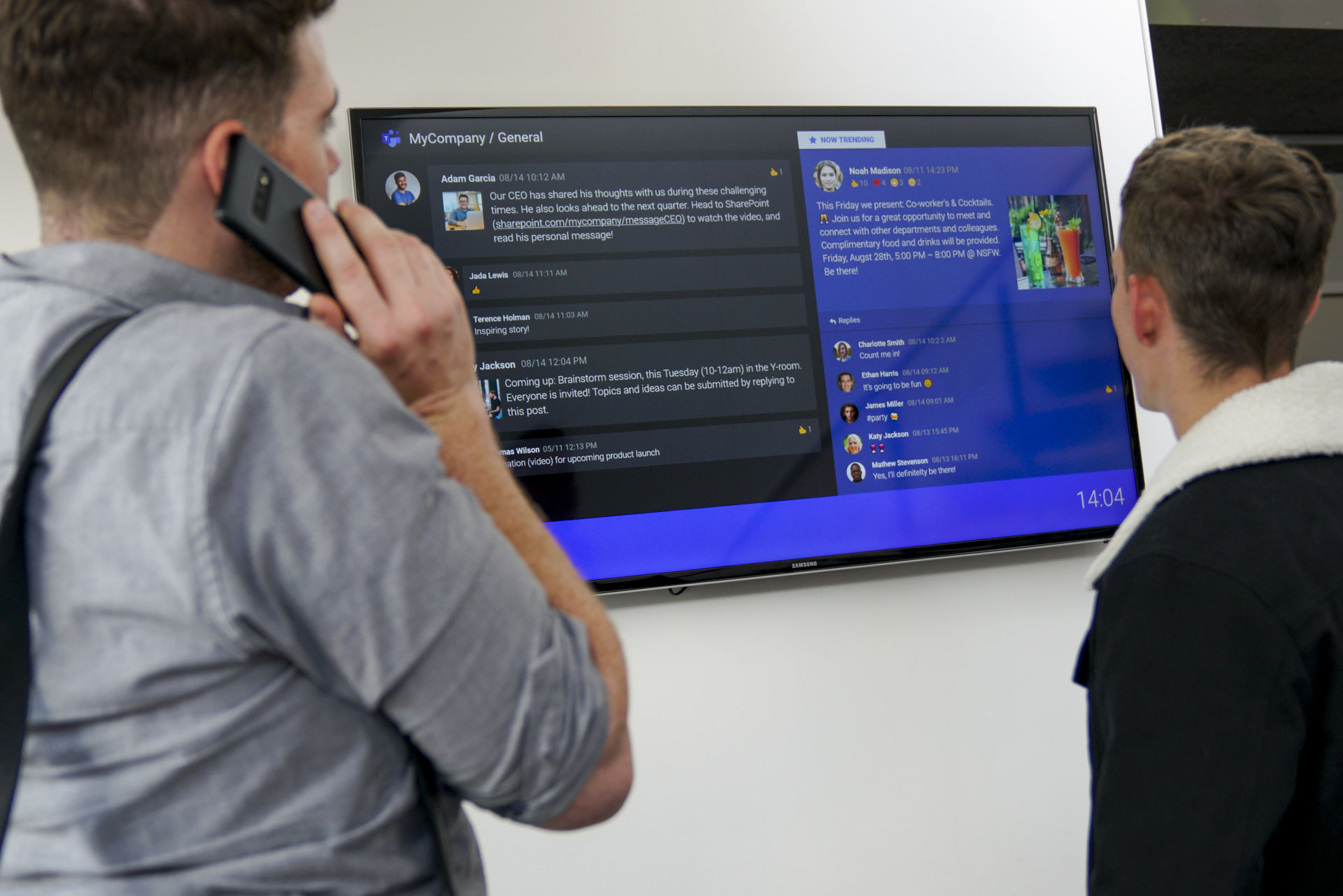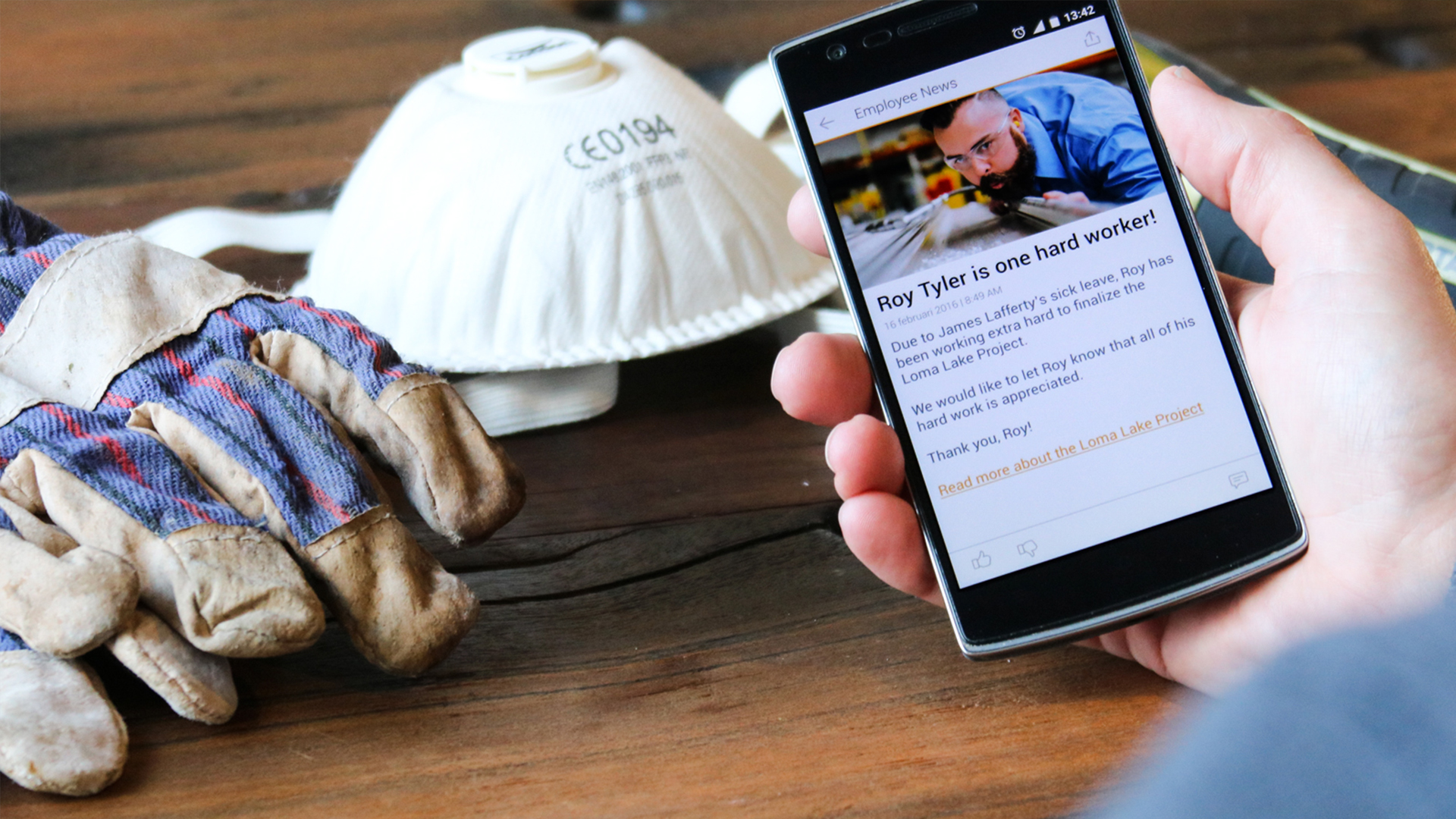Five Ways to Drive Behavioral Change in the Office
Estimated reading time: 6 minutes
Behavioral change. A key topic nowadays: across the world, countries (and organizations) are still feverishly trying to change their populations’ and employees’ behavior in an effort to stop the coronavirus’ spread. This highlights the difficulties that come with changing deeply ingrained behavioral habits. However, the necessity to change employees’ behavior did not find its origin in 2020 – it has probably come up every so often in your organization. Fortunately, changing behavior is not impossible! We have listed five practical tips to help you drive behavioral change in the office.
Table of contents
1. Provide a clear goal
Employees can only change their old behavior to the new, desired behavior when they know what they are aiming for. Therefore, the most productive discussions about behavioral change, whether individually or collectively, are those that start with the strategy and goal the behavioral change serves. Ensure that your employees know what the desired behavior includes and what they must do to exhibit this behavior.
A clear goal or objective allows employees to monitor their progress and correct efforts as necessary. Goals direct action and effort toward goal-related behavior and away from unrelated behavior. They affect persistence, motivate, and energize employees. If employees know what behavior they must display, they can look at their results as they go and identify barriers to achieving the desired result. Therefore, individual and collective goals must be repeated frequently to make employees aware of these goals and to drive behavioral change. Collective goals can be displayed through public communication channels repeatedly, such as digital signage, a corporate screensaver, or a corporate app.

2. Inspire your staff
One of the best ways to drive behavioral changes amongst your employees is to inspire them. Work with them at an individual level to find out what their goals and ambitions are. Identify their passions and motivations at a deeper level. Make an emotional connection with your colleagues. Evoke a sense of desire rather than fear. Use inspirational language, share stories. This approach works best when you make a link between the individual’s goals and ambitions and the change you are intending.
Inspiring your employees can also be done on a larger scale; using inspirational language and sharing stories can be done by having employees or leaders in your organization share their personal experiences. Encourage employees or leaders in your organization to write a blog on your intranet, share their favorite inspiring quotes, or record a short video to explain what inspired them to change. Publish this content through multiple channels such as a corporate app or a public Microsoft Teams channel; this enables colleagues to start a conversation about the changes they are making and motivate each other by sharing challenges and accomplishments.
3. Aim for a collective bull’s eye
Sometimes, changing behavior is easier for your employees when their complete team is making changes instead of just one of your employees working on their behavior in solitude. Depending on the undesirable behavior, everyone in your team could benefit from changing their behavior instead of just one of your team members. This does not only create a sense of unity in your team; you are also providing your team members with an opportunity to learn from each other. In addition, you amplify peer pressure: if your employees see their colleagues make a positive behavioral change, they are more likely to want to change their behavior too.
According to psychologist Albert Bandura’s Social Learning Theory, learning can occur simply by observing the actions of others. Bandura states that ‘Fortunately, most human behavior is learned observationally through modeling. From observing others, a person forms an idea of how new behaviors are performed. On later occasions, this coded information serves as a guide for action.’ However, observational learning does not necessarily require watching another person engage in an activity. Two of the three basic observational learning models include learning by hearing or reading verbal instructions such as listening to a podcast or reading instructions in a book.

4. Reinforce positive behaviors
When you notice employees display behavior that you want to see more often, be sure to reward them for it. Rewarding employees for specific behavior will drive behavioral change. It motivates employees to exhibit this behavior more often. Acknowledge and recognize a positive behavioral change. Likewise, when employees display undesirable behavior, provide constructive and direct feedback in private immediately, so employees understand that this was not the behavior you were intending.
Not only does workplace recognition motivate employees, but it can also outline what success looks like for other employees. Celebrate a job done well on multiple moments and via multiple channels. Praise your employees privately and publicly to enable colleagues to display similar behavior in the future. For example, congratulate your employees through your digital signage or a screensaver to publicly acknowledge, recognize, and reinforce positive behavior.
5. One step at a time
If you have ever tried a diet, tried to begin an exercise regimen, or tried to quit smoking, then you know how hard changing a habit can be. Thus, the most effective approach to facilitating employee behavioral change is to tackle one issue at a time, as focus is essential during these efforts. Trying to change multiple behavior issues at once can be overwhelming. You will probably create more problems than fixing the issues and behaviors you would like to see changed in your employee.
Alternatively, single out the main behavior you would like to see a change in, and coach your employee to work on that issue specifically. Give your employee the time to get used to this new way of doing things to make sure the change becomes permanent. Prioritize the behaviors you would like to alter in your employee, and work through them in that order. Move on to the next change only when the first new behavior has become a permanent behavioral change. According to Social Learning Theory, just because something has been learned, it does not mean that it will result in a (permanent) change in behavior.
Are you looking for ways to drive behavioral change in the office? Our consultants are always excited to help organizations bring out the best in their employees. Get in touch to discuss how we can help your organization! Or download this free guide to help your employees make behavioral changes.

What types of behaviors can organizations realistically expect to influence through communication?
Communication can influence a wide range of behaviors, including:
Cybersecurity awareness (e.g., spotting phishing emails),
Sustainability practices (e.g., turning off lights),
Health and safety compliance,
Productivity habits (e.g., meeting etiquette),
Inclusivity and respectful behavior.
By using consistent, strategic messaging, organizations can make even complex behavior changes more approachable and achievable.
How can internal communication tools support ongoing behavioral change?
Internal communication tools like Netpresenter’s digital signage, mobile app, and screensavers provide constant, subtle reminders of the desired behaviors. The article emphasizes that repeated visual cues and targeted messaging help normalize new behaviors over time without overwhelming employees, making these tools essential to behavior-focused campaigns.
What are the most effective ways to influence positive behavioral change at work?
The five most effective strategies include:
Setting a good example through leadership behavior,
Repetition of clear, targeted messages,
Positive reinforcement such as praise or rewards,
Visual nudges (e.g., screensavers, digital signage),
Simplicity—making the desired behavior easy and accessible.
These approaches work together to encourage and sustain change.
What types of behaviors can organizations realistically expect to influence through communication?
Communication can influence a wide range of behaviors, including:
Cybersecurity awareness (e.g., spotting phishing emails),
Sustainability practices (e.g., turning off lights),
Health and safety compliance,
Productivity habits (e.g., meeting etiquette),
Inclusivity and respectful behavior.
By using consistent, strategic messaging, organizations can make even complex behavior changes more approachable and achievable.
What are the most effective ways to influence positive behavioral change at work?
The five most effective strategies include:
Setting a good example through leadership behavior,
Repetition of clear, targeted messages,
Positive reinforcement such as praise or rewards,
Visual nudges (e.g., screensavers, digital signage),
Simplicity—making the desired behavior easy and accessible.
These approaches work together to encourage and sustain change.
